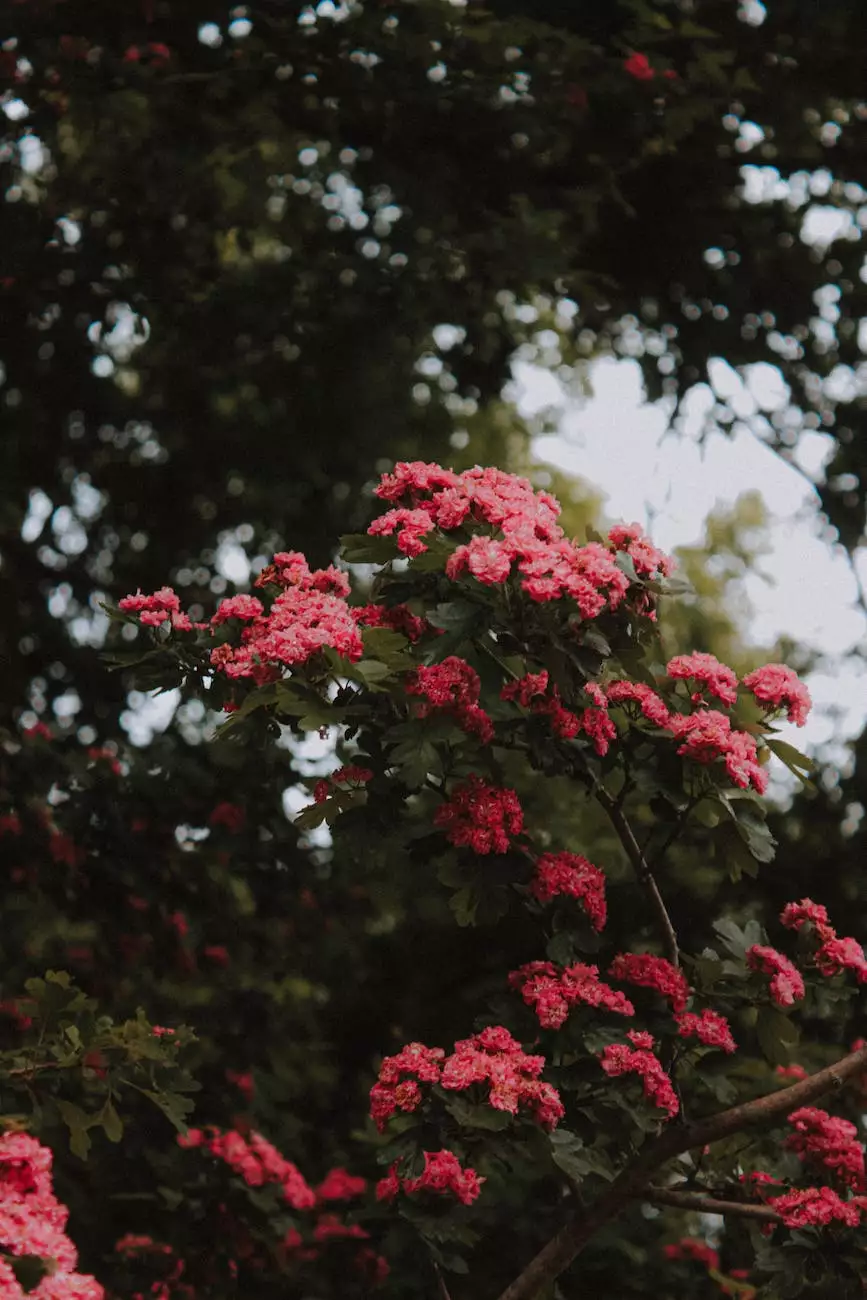Trees – Ligustrum
Plant Library
About Ligustrum Trees
Ligustrum trees, commonly known as Privet, are a popular choice for homeowners who want to enhance the beauty of their garden. With their glossy, evergreen foliage and versatile nature, Ligustrum trees provide an elegant backdrop to any landscape.
Benefits of Ligustrum Trees
Ligustrum trees offer numerous benefits for your garden:
- 1. Ornamental Appeal: Ligustrum trees boast attractive, dense foliage that adds a touch of lushness to your surroundings. Whether used as hedges, borders, or standalone accent pieces, these trees bring aesthetic charm to any garden.
- 2. Privacy and Noise Reduction: With their thick foliage, Ligustrum trees act as effective barriers, offering privacy by blocking views from prying eyes. Additionally, they absorb sound, making them an excellent option for reducing noise pollution in urban areas.
- 3. Low Maintenance: Ligustrum trees are relatively easy to care for, making them ideal for both experienced and beginner gardeners. They can adapt to various soil conditions and require minimal pruning, making them a hassle-free addition to your garden.
- 4. Wildlife Attraction: Ligustrum trees produce small, fragrant white flowers that attract butterflies, bees, and birds, making your garden a vibrant and lively space.
How to Plant Ligustrum Trees
Here is a step-by-step guide to successfully plant Ligustrum trees:
- Choose the Right Location: Ligustrum trees thrive in full sun to partial shade. Select a spot that offers well-drained soil and enough space for the tree to grow.
- Prepare the Soil: Ensure the soil is loosened and free from weeds or debris. Mix in organic matter to improve soil quality.
- Dig the Hole: Dig a hole that is roughly twice as wide and deep as the root ball of the tree.
- Position the Tree: Place the Ligustrum tree in the center of the hole, ensuring that the top of the root ball is level or slightly above the surrounding soil.
- Backfill and Water: Gently backfill the hole with soil, tamping it down to eliminate air pockets. Water the tree thoroughly after planting to ensure proper hydration.
- Mulch and Maintain: Apply a layer of mulch around the base of the tree, taking care not to pile it against the trunk. Regularly water and monitor the tree's growth, providing additional water during dry spells.
Pruning and Maintenance Tips
To keep your Ligustrum trees in optimal condition, follow these pruning and maintenance tips:
- 1. Pruning: Prune your Ligustrum trees in early spring to remove dead or damaged branches. Additionally, you can shape the tree to maintain its desired form and size.
- 2. Watering: While Ligustrum trees are generally drought-tolerant, regular watering during dry spells ensures healthier growth and vitality.
- 3. Fertilization: Apply a balanced fertilizer in spring to promote abundant foliage and flowers. Always follow the manufacturer's instructions for the appropriate amount and timing.
- 4. Pest Control: Monitor your trees for common pests such as aphids or spider mites. If detected, use appropriate organic or chemical treatments to safeguard their health.
Choose Ligustrum for a Beautiful Garden
In conclusion, Ligustrum trees from Always Lovely Lawn Care are a fantastic addition to any garden. Their ornamental appeal, low maintenance requirements, and various benefits make them a popular choice among garden enthusiasts. Follow our planting and maintenance guidelines to enjoy the timeless beauty and elegance of Ligustrum trees in your own outdoor space.




